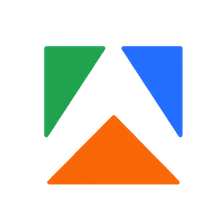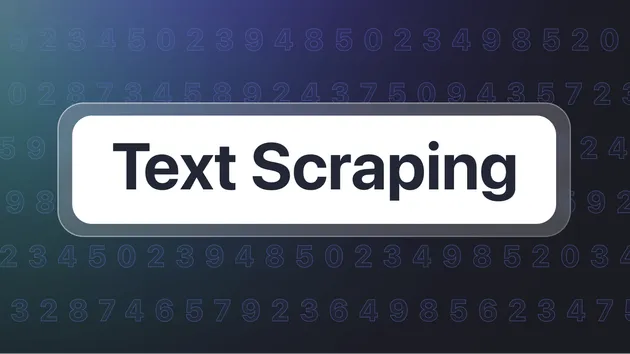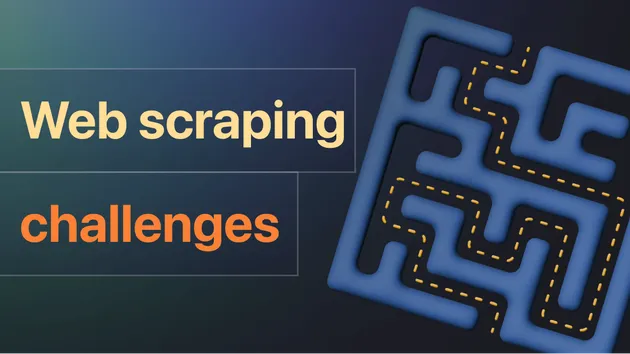Example Process Crawl Results
Pricing
Pay per usage
Example Process Crawl Results
Iterates through all results from a crawler run and count them. Needs to be called from the crawler's finish webhook by adding an URL to finish the webhook of your crawler. Use this actor as a starting point to develop custom post-processing of data from the crawler.
Pricing
Pay per usage
Rating
4.5
(2)
Developer

Apify
Actor stats
5
Bookmarked
18
Total users
1
Monthly active users
2 years ago
Last modified
Categories
Share




